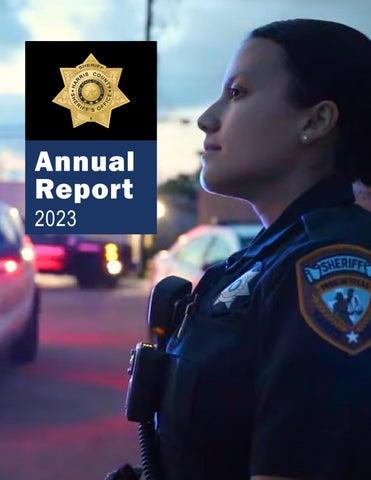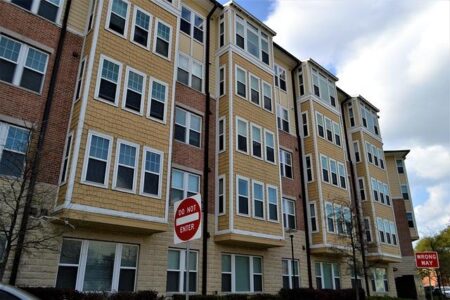Houston’s Crime Reporting Decline in 2023: Unpacking the Causes and Consequences
Waning Crime Reports Signal Growing Distrust Between Houston Residents and Police
Since early 2023, Houston has experienced a marked reduction in the volume of crimes reported to local authorities, according to data recently published by the Houston Chronicle. This downward trajectory has sparked concern among city officials and community advocates, who interpret it as a symptom of eroding public confidence in law enforcement. Contributing factors appear to include perceptions of inadequate case follow-up, doubts about transparency, and fears of bias or retaliation. This decline in reporting not only complicates police efforts to address crime effectively but also masks the true extent of safety issues within Houston’s neighborhoods.
To counteract this trend, community leaders emphasize the need for targeted initiatives aimed at restoring trust. Proposed solutions encompass:
- Regular community engagement forums designed to foster open dialogue and accountability.
- Creation of independent oversight bodies to ensure impartial review of investigations and police conduct.
- Expanded public awareness campaigns to educate residents about their rights and safety resources.
| Month | Crime Reports in 2022 | Crime Reports in 2023 | Percentage Change |
|---|---|---|---|
| January | 1,150 | 980 | -14.8% |
| February | 1,220 | 1,000 | -18.0% |
| March | 1,300 | 950 | -26.9% |
Examining the Data: How Community-Police Relations Influence Crime Reporting Trends
Analysis of Houston Police Department records reveals a significant shift in how residents interact with law enforcement, particularly in their willingness to report crimes. While the actual incidence of criminal activity has remained relatively stable, the number of reports filed has dropped sharply, especially for property-related and non-violent offenses. Experts attribute this to several underlying issues:
- Perceived delays and inefficiencies in police response and case management
- Growing concerns about privacy and the implications of surveillance technologies
- Heightened social tensions and mistrust between certain communities and officers
- Emergence of alternative reporting channels, such as neighborhood watch groups and digital platforms
These factors collectively contribute to a reluctance among residents to engage with traditional law enforcement channels, complicating efforts to maintain public safety.
| Crime Type | Reports in 2022 | Reports in 2023 | Change (%) |
|---|---|---|---|
| Property Crimes | 15,200 | 11,300 | -25.7% |
| Violent Crimes | 4,500 | 4,300 | -4.4% |
| Drug-Related Offenses | 3,800 | 3,020 | -20.5% |
To bridge this gap, law enforcement agencies are expanding community liaison programs, hosting town halls, and integrating user-friendly digital reporting tools to encourage safer and more accessible communication.
Consequences of Crime Underreporting: Challenges for Prevention and Resource Distribution
Underreporting of crimes presents a critical obstacle to effective crime prevention and resource management. Experts caution that when residents withhold information about criminal activity, police departments lack a comprehensive understanding of neighborhood risks. This invisibility undermines proactive policing efforts and distorts crime data, which policymakers depend on to allocate budgets and deploy resources efficiently. As a result, communities experiencing escalating violence may remain underserved, exacerbating safety concerns.
Key repercussions of underreporting include:
- Misallocation of police patrols, leading to slower response times in high-crime zones
- Insufficient victim assistance programs due to underestimated demand
- Distorted public perceptions of safety, further eroding community trust
| Area Affected | Impact of Underreporting |
|---|---|
| Funding and Resources | Decreased investment in essential crime prevention programs |
| Community-Police Relations | Lowered public cooperation and trust in law enforcement |
| Data Integrity | Inaccurate crime statistics hinder strategic planning |
Rebuilding Trust: Strategies for Transparency and Community Engagement in Houston
In response to the decline in crime reporting, community advocates and city officials are calling for comprehensive reforms to enhance transparency and strengthen ties between residents and the Houston Police Department. The goal is to restore faith in law enforcement’s commitment to public safety through visible, accountable actions.
Recommended measures include:
- Publishing quarterly open-access dashboards that provide detailed crime statistics and case updates
- Assigning dedicated community liaison officers to foster neighborhood outreach and education
- Collaborating with local nonprofits and civic groups to facilitate ongoing dialogue and joint safety initiatives
- Establishing independent review boards tasked with overseeing complaints and use-of-force investigations
| Initiative | Objective | Anticipated Outcome |
|---|---|---|
| Open Data Dashboards | Enhance transparency of crime and investigation data | Build public trust through accountability |
| Community Liaison Officers | Increase police visibility and engagement in neighborhoods | Strengthen community relationships |
| Independent Review Boards | Provide impartial oversight of police conduct | Improve legitimacy and reduce misconduct |
Looking Ahead: Addressing the Root Causes to Foster Safer Houston Communities
As Houston navigates the complexities of changing crime patterns, the significant drop in crime reporting since 2023 underscores the urgent need to rebuild trust between residents and law enforcement. Understanding and addressing the factors behind this decline will be essential for city leaders and police officials committed to creating safer neighborhoods. By prioritizing transparency, community engagement, and responsive policing, Houston can empower its citizens to actively participate in maintaining public safety and enhancing quality of life for all.




